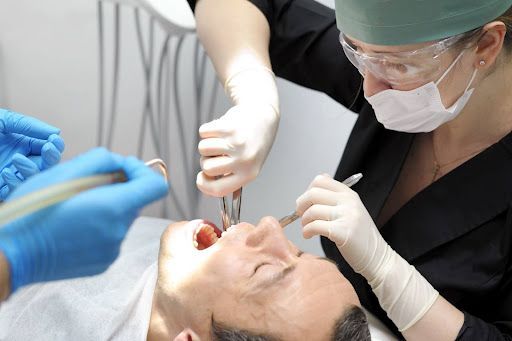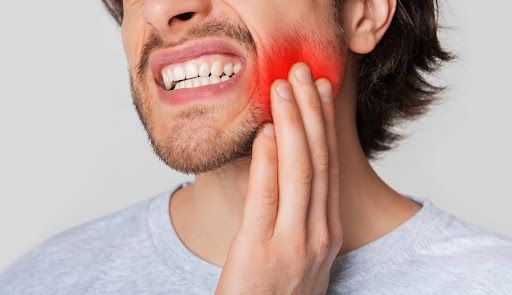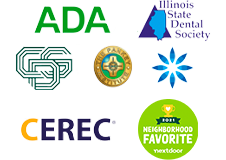A Developing Smile: When Should Baby Teeth Erupt?
November 20, 2013
Baby’s first teeth can be a big ordeal for baby as well as mommy. For first time mothers, it can be stressful not knowing what to expect. Unfortunately, every child is different and some babies find teething to be a breeze, while others are fussy. Today we will try to help alleviate some of that stress by informing you about some of the things you can expect from your child’s blossoming smile.
Primary Teeth
Baby’s primary teeth begin erupting between 6 and 10 months. If your baby’s teeth are coming in quickly you may not notice the order in which they erupt. However, if your baby’s teeth take longer to come in, knowing where to look for the next one can help you figure out if teething is why your baby is fussy.
The first teeth that erupt are the lower front teeth – called central incisors. These teeth can erupt as early as 6 months of age, but some children don’t get them in until they’re almost one. The lower central incisors are followed by the upper central incisors.
The central incisors are followed by the lateral incisors – top then bottom. In some cases, baby’s first molars may erupt before baby’s canines. If you see signs of teething, but don’t see any teeth coming in, check for molars. Finally baby’s second molars usually erupt between 23 and 33 months. By the time your child is 3 years old they should have all twenty of their primary teeth.
What to Expect
Some babies don’t show any signs of teething, but most babies show at least one of the following signs:
- Drooling
- Gum swelling
- Gum sensitivity
- Fussiness
- Biting
- Refusing food
- Sleep problems
- Slight fever
- Upset stomach
There are many commercial teethers on the market that work well to help soothe baby’s discomfort. You can also try giving your child a washcloth soaked in cold water to chew on as this may help with their discomfort.
How to Care for Primary Teeth
Prior to baby’s teeth coming in, it is best to use a washcloth daily to clean their gums. In addition to cleaning your baby’s gums, this helps introduce your child to an oral hygiene routine. When your child’s first tooth appears, you should begin brushing their teeth with water or a fluoride free gel. We recommend Spry Tooth Gel with xylitol. Six months after your child’s first tooth erupts, you should schedule an appointment with your dentist. At this time the dentist will check to make sure that your baby’s teeth are coming in and your dentist will begin to develop a relationship with your child.
As your child grows, you should keep supervising their toothbrushing. Our Evanston dentists don’t recommend switching to a fluoride toothpaste until your child has mastered spitting out the fluoride free toothpaste (usually between 3 and 5 years of age). At 2 or 3 years of age your child will probably want to start brushing their own teeth, go ahead and let them. Brush your teeth with them present to show them the proper way to brush. Then let them “check” your teeth to make sure you didn’t miss anything while you “check”(aka brush) their teeth.
Teething doesn’t have to be a big ordeal. Having an idea of what to expect will make it easier, as will having professionals to help answer your questions. As your child grows, our Evanston dental office will be there with you, tooth by tooth. Feel free to call us with any teething questions you have.
The post A Developing Smile: When To Expect Baby Teeth To Erupt appeared first on Stephens Dentistry.







